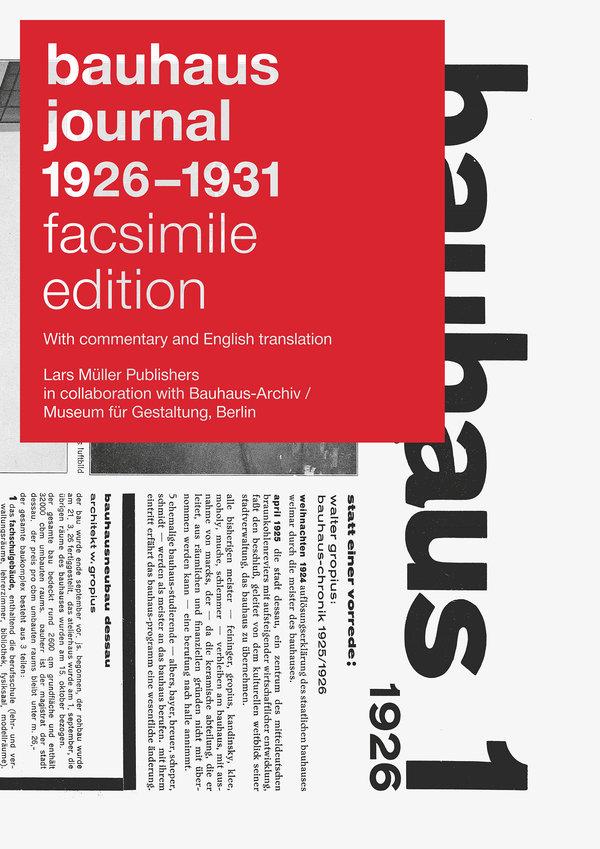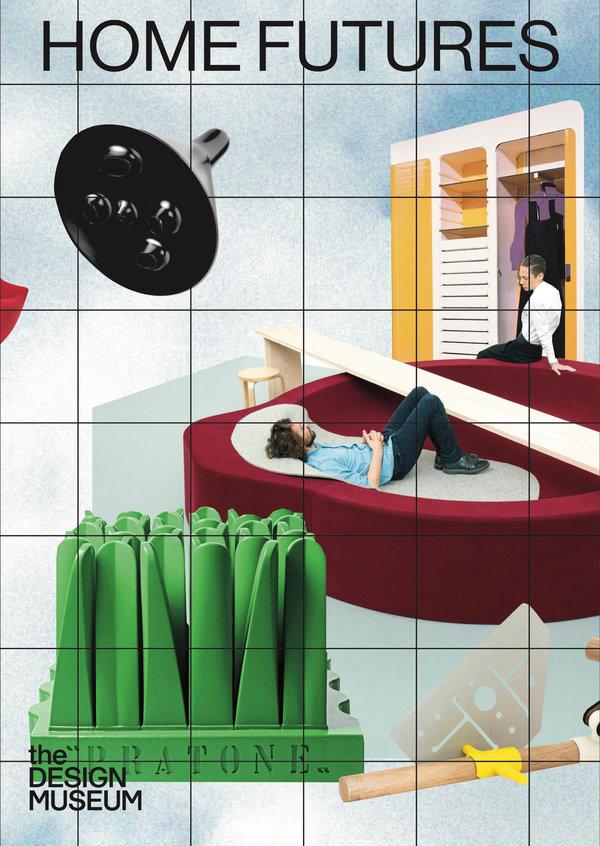New York’s Armory Show, opening on Thursday, starts the spring culture season. But for those who can’t (or won’t) trek to Piers 92 and 94 on the Hudson River, where winds are still wintry, may we suggest picking up one of the season’s coffee-table books about design, art and artfulness through the decades?

For starters, “John Richardson: At Home” (Rizzoli, $65, 224 pp.), looks at the eight sumptuous spaces that the knighted Picasso biographer and art historian has occupied over his 95 years. Writers have been granted peeks into Sir John’s cluttered interiors before, but this volume culls decades of his flocked wallpaper, chintz, and conversation-worthy antiques and artworks (not just by Picasso). The abodes photographed by François Halard include a colonnaded chateau in the south of France and a downtown Fifth Avenue loft with 14 south-facing windows, bought on the cheap in the 1990s.

“Vitamin T: Threads & Textiles in Contemporary Art” (Phaidon, $75, 304 pp.) explores a different corner of the art world: fiber art, a medium the editors Louisa Elderton and Rebecca Morrill say has historically been undervalued because it is relegated to the realm of “craft.” It receives its due here, in a catalog of more than 100 artists working in textiles today. Be it Faith Ringgold’s narrative quilts, Mona Hatoum’s visceral “Hair Necklace” and “Stream” (hair stitched into toilet paper), or Grayson Perry’s provocative and often political tapestries, there is much tactile work to discover.

This year, the 100th anniversary of the founding of the Bauhaus — a school that was committed to flattening any distinction between art and craft — is celebrated in events from Chicago to Berlin. Tribute is also being paid in a facsimile edition of the Bauhaus Journal, Walter Gropius and Laszlo Moholy-Nagy’s periodical that was originally published from 1926 to 1931 (Lars Müller Publishers, $91, 412 pp.). The reissue packages all 14 issues into slipcased form, with 128 pages of additional commentary and a full English translation.

Like the Bauhaus journal, Gio Ponti’s Domus magazine charted the rise of modernism — but with an Italian sensibility. The architect, designer and editor is the subject of a retrospective running through May 5 at the Musée des Arts Décoratifs in Paris, and the catalog is a handsome chronological tribute (“Gio Ponti: Archi-Designer,” Silvana Editoriale, distributed by D.A.P., $75, 312 pp.).
Designed from 1921 to 1978, Mr. Ponti’s work ranged across practical objects like a cobalt-fronted magazine rack and matching desk created for the Italian Cultural Institute and curiosities like the eighth-floor auditorium pavilion peeking out from the top of New York’s Time & Life building.
Though his most recognizable achievements — Milan’s slender Pirelli Tower, for instance (1958), or his sinuous Superleggera chair for Cassina (1957) — are purely of their time, Mr. Ponti could be considered “the legitimate heir of the greatest artists of the Italian Renaissance,” writes Olivier Gabet, the museum’s director, who even describes him as “the Leonardo or Michelangelo in his field.”

And then, there was that particular brand of modernism that sought to project our home life as it might be lived in the future. “Home Futures: Living in Yesterday’s Tomorrow” (D.A.P., $49.95, 308 pp.), the companion to an exhibition running through March 24 at London’s Design Museum, explores how designers throughout the 20th century imagined the future — and whether our 21st-century domestic trappings matched their visions.
“Are we fulfilling future predictions or, rather, are we just stuck in the past?” Eszter Steierhoffer, the museum’s senior curator, asks in the introduction. Six scholarly essays grapple with this theme, but the real fun comes in illustrated pages of prototypes, models and fully realized gadgets.
Included are RCA Whirlpool’s 1959 Miracle Kitchen, with its radio-controlled vacuum cleaner and perambulating dishwasher; Joe Colombo’s 1972 “Total Furnishing Unit,” which ingeniously compacted a bed, refrigerator, TV and more into one piece of furniture; and Enzo Mari’s 1974 “Autoprogettazione” manual offering 19 do-it-yourself furniture plans that could be assembled with just wood and nails.







